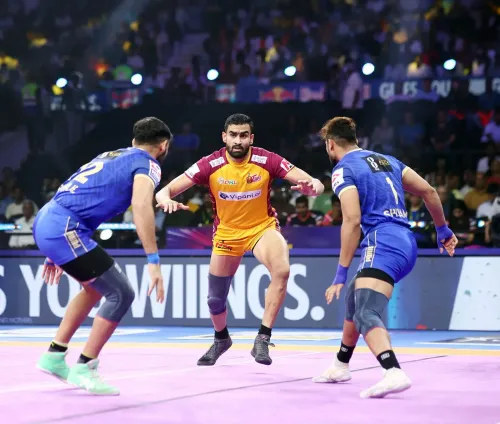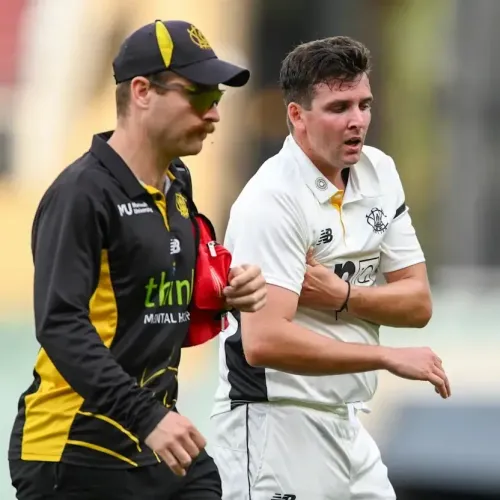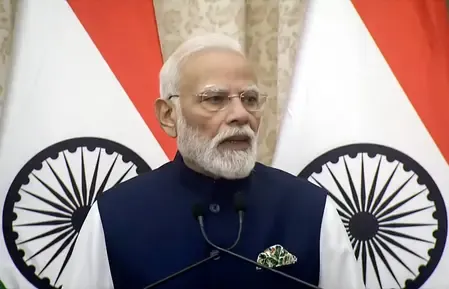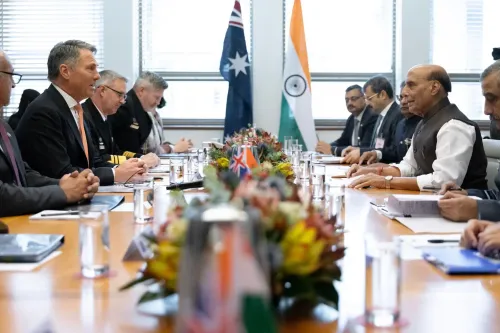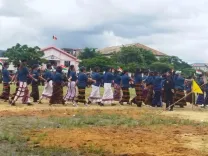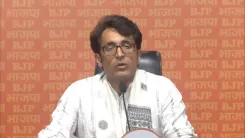Why Did the SC Refuse Sanjay Singh's Plea on Merging Schools?
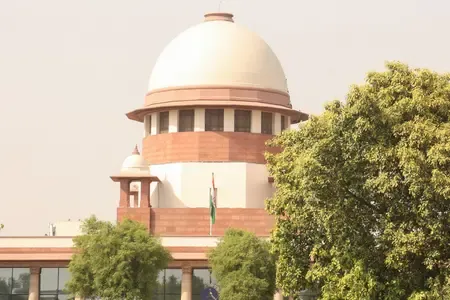
Synopsis
Key Takeaways
- Supreme Court declined to hear Sanjay Singh’s plea
- Merger of schools raises concerns over educational access
- Right to Education Act implications are significant
- Justice Datta-led Bench emphasized legal channels
- Potential impact on children's education in Uttar Pradesh
New Delhi, Aug 18 (NationPress) The Supreme Court has, on Monday, declined to consider a petition submitted by Aam Aadmi Party (AAP) Rajya Sabha member Sanjay Singh, which contested the Uttar Pradesh government’s initiative to combine and merge 105 primary schools that are government-operated.
"Are you not attempting to assert rights under the Right to Education Act? If this is a statutory right, it cannot be disguised as a writ petition under Article 32 (which pertains to the enforcement of fundamental rights)! Allow the Allahabad High Court to rule on this issue," remarked a panel of Justices Dipankar Datta and A.G. Masih at the outset.
Noticing the reluctance of the Justice Datta-led panel to consider the writ petition directly presented to the apex court, senior counsel Kapil Sibal, representing Sanjay Singh, requested the withdrawal of the petition, retaining the right to approach the Allahabad High Court.
Ultimately, the case was dismissed as withdrawn.
Sanjay Singh’s writ petition argued that the decision to merge and pair 105 government primary schools, formalized through a government order dated June 16 and a subsequent list on June 24, was arbitrary, unconstitutional, and legally impermissible.
It further claimed that the state government’s action has previously negatively affected educational access for many children throughout Uttar Pradesh.
The petition mentioned that merging schools with low enrollment into larger institutions has compelled children to travel longer distances without any transportation or alternative provisions. This action is alleged to infringe upon the right to free and compulsory education stipulated under Article 21A and supported by the Right of Children to Free and Compulsory Education Act, 2009 (RTE Act).
Referring to Rule 4 of the Uttar Pradesh RTE Rules, 2011, the petition emphasized that primary schools must be located "within one kilometer of a child’s residence, especially in communities with a population of at least 300 people".
"The state government cannot fulfill its obligations merely by indicating that another school is located nearby. If that school is beyond one kilometer, it violates the Rule 4(1)(a) requirement unless exceptions in Rule 4(2) apply -- which they do not," the petition asserted.
It further contended that any policy or government action forcing children to travel unreasonable distances for education -- such as school closures, arbitrary mergers, or restructuring that increases the distance of schools from children’s homes -- is inherently unconstitutional and exceeds the limits of Article 21A and the RTE Act, 2009.
The petition referenced the Mohini Jain vs. State of Karnataka case, where the Supreme Court determined that the right to education is derived from the right to life and dignity. This position was reinforced in the Unnikrishnan, J.P. vs. State of Andhra Pradesh case, which declared free education up to the age of 14 as a fundamental right, thereafter subject to the government’s financial capacity.

